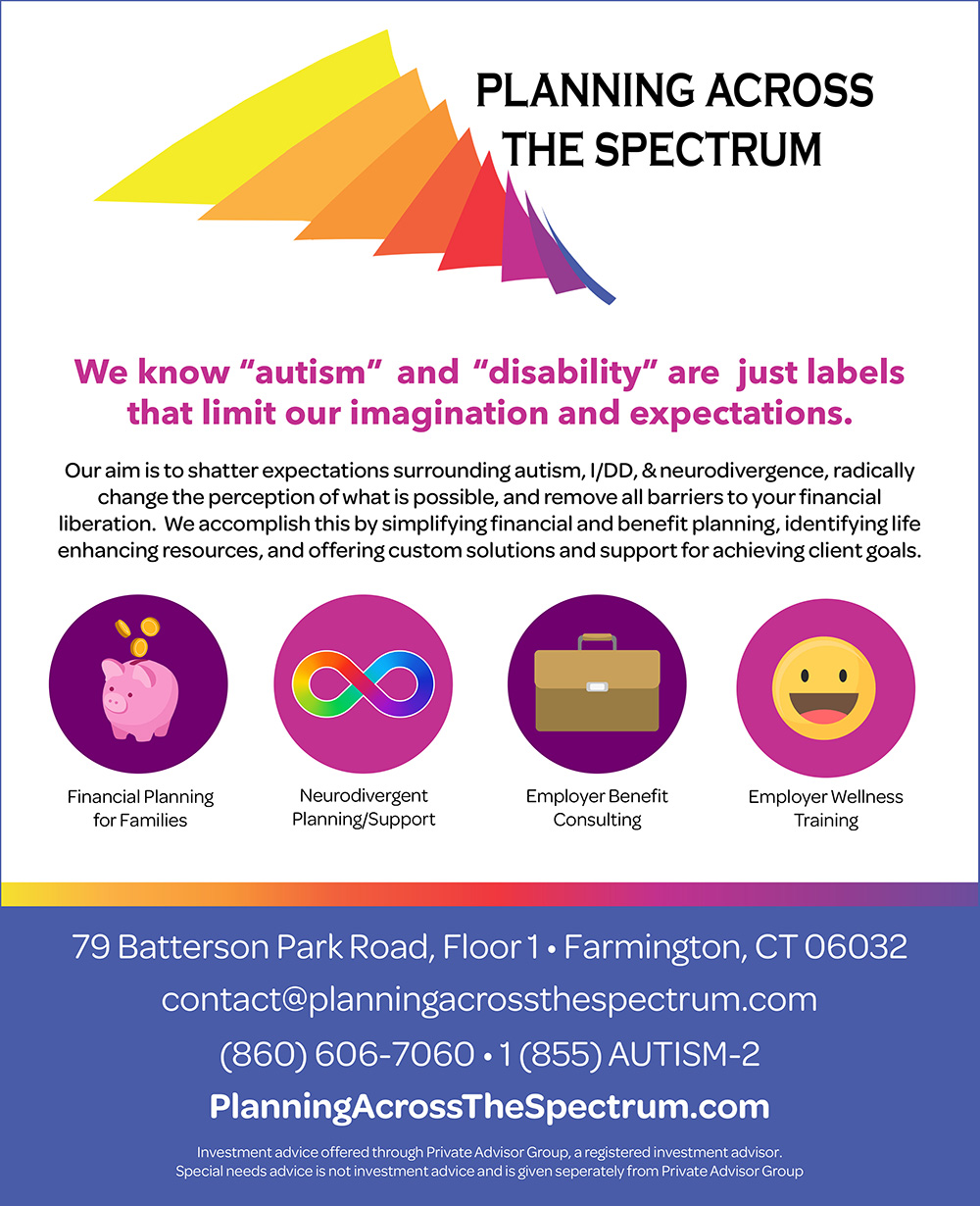I have given countless driving seminars, and in all of them I talk about the importance of discussing the impact of driving and transportation on employment. It is my belief that potential employment opportunities must always be discussed with the individual’s transportation options in mind. Available transportation is important in life as it increases both social and employment related opportunities, both of which increase the overall freedom and independence a person can have.

As someone who works with the autistic community, and is autistic myself, I understand that transportation options are often limited, but I also understand the potential consequences of this. If someone has limited transportation options, their opportunities become much more limited by their location. One of the many results of this is that employment becomes much harder to find. I recall hearing a story back in my community college days. It was about someone who graduated but was finding their employment search much more difficult than expected, and for an unexpected reason. This person didn’t have a license, and apparently it was really standing in their way of finding a job. The reason this story still sticks is that this person was also part of the disability specialist program, the same program I was enrolled in. It made me realize how crucial it was to consider one’s transportation options throughout life, especially for myself and others in similar positions in life.

Andrew Arboe
I started thinking more about how transportation was related to freedom and independence, and I realized many important things. Possibly most importantly, I realized that the career path someone chooses may influence, or even determine, the type of transportation one may have to use. Certain jobs require people to be able to drive, but others require less expected transportation requirements, like taking the train, or the subway, or the bus. Navigating these different transportation options, and how they relate to your chosen career path, can be scary, and you may not know where to start if you are currently looking to plan for your future. I am here to help though by providing pointers and proactive ideas that will help get you started on the right foot!
Consider Your Career Path
Before transportation is even discussed regarding employment, it is important to consider what field of work you are interested in. What career path you choose often heavily influences what transportation method you are mostly likely to use for your future jobs. Researching job listings can help you get an idea of the licensing requirements and required transportation. Some listings may require you to drive a certain number of miles for the job while some may allow you to work at home a certain amount of the time. Positions such as being bus driver will likely require additional licenses.
Sometimes a job is simply much more difficult without access to certain types of transportation. To provide a personal example from my own journey, working in the autism field heavily influenced me to get a driver’s license as I saw numerous mentoring positions that I had to drive to. Research can help you effectively prepare for your career path, in general and regarding transportation requirements. Knowing what is needed for the future can give you an idea of the steps you need to start taking now.
Consider Alternative Transportation Options
As you are researching job positions, it is also important to investigate nondriving transportation options in the area. Where you or a potential job are located can also influence your choices on potential transportation methods. The available options vary from town to town and county to county, with some having a variety of choices and others having very little to offer. A common example of this is that suburban areas often have public bus stops and/or active Uber drivers while rural areas often lack both. As you research potential employment options, research the area’s transportation options as well. Here is a list of a few nondriving methods of transportation that are valuable to consider:
- Public transportation (buses, trains, subways)
- Ubers or other similar services such as Lyft
- Nearby friends who drive
- Walking or biking (if there are sidewalks in the area)
Consider if Learning to Drive Is Right for You
Now that you have a lot of crucial information, it’s time to make an informed decision on if learning to drive is right for you, especially at this point in your life. It’s important to mention that this is an ongoing process, and you might not be ready to learn now, but may be later in life. The point of getting the full picture, including understanding alternative transportation options, is to take the pressure off. However, as discussed, for many driving can create new and valuable employment opportunities. If you do want to learn to drive, or even are just curious to try it out and see if it is something you feel comfortable following through with, there are great direct steps you can take.
Identify Useful Resources Online and in Your Area
This may or may not be challenging to find, considering each state is very different with resources. Driving school can be a great first step for many potential drivers, but for other disabled drivers such as myself, it gets a little more complicated. Some states may have adaptive driving schools or driving rehabilitation programs that work with individuals with various disabilities, while others do not.
A few years ago, as I was becoming more active in the disabled community, everyone talked about the public transportation and never about driving. There was only one driving school that had adaptive driving services. There was also only one place that provided clinical assessments, which evaluates an individual’s driving ability. As I researched other services nationwide for my online consultations, I found some additional resources that can provide people with several ideas when it comes to finding and managing transportation options. Here are some services to look into for your state:
- Association for Driver Rehabilitation Specialists (ADED) – They have a member directory for all 50 states.
- Search for “adaptive driving schools” online.
- Search for articles on the topic by both autistic and non-autistic voices who have experience with disabled driving.
Build Your Roadmap
Transportation should never be left in the dark during discussions about future or potential employment. It can make all the difference. It is also important to begin discussions about transportation and different transportation methods early on in life. If possible, promote these talks with those around you who are raising disabled children.
It’s true that there is no one roadmap to adulthood, but that ambiguousness can be scary at times. We all need to be encouraged to explore what our own roadmap is going to be like by understanding our own needs and the resources and services we have access to. In my experience, I wish I had more discussions about transportation growing up, especially before I graduated school. I missed out and I had to learn a lot very quickly. But by building my roadmap on informed decisions and research, I was able to succeed far beyond I ever expected.
Whatever choices you make, they should be informed to effectively forge your own roadmap. For many that includes driving, for many it includes more public transportation-centered methods of travel. By discussing transportation when talking about future or potential employment opportunities, you set yourself up for success, and for a more free and independent life.
Andrew Arboe is a self-advocate in the New England area who specializes in the autism field and provides public speaking to autism/disability organizations. Andrew can be contacted by emailing arboea@gmail.com. For more information, please visit andrewarboe.weebly.com.






